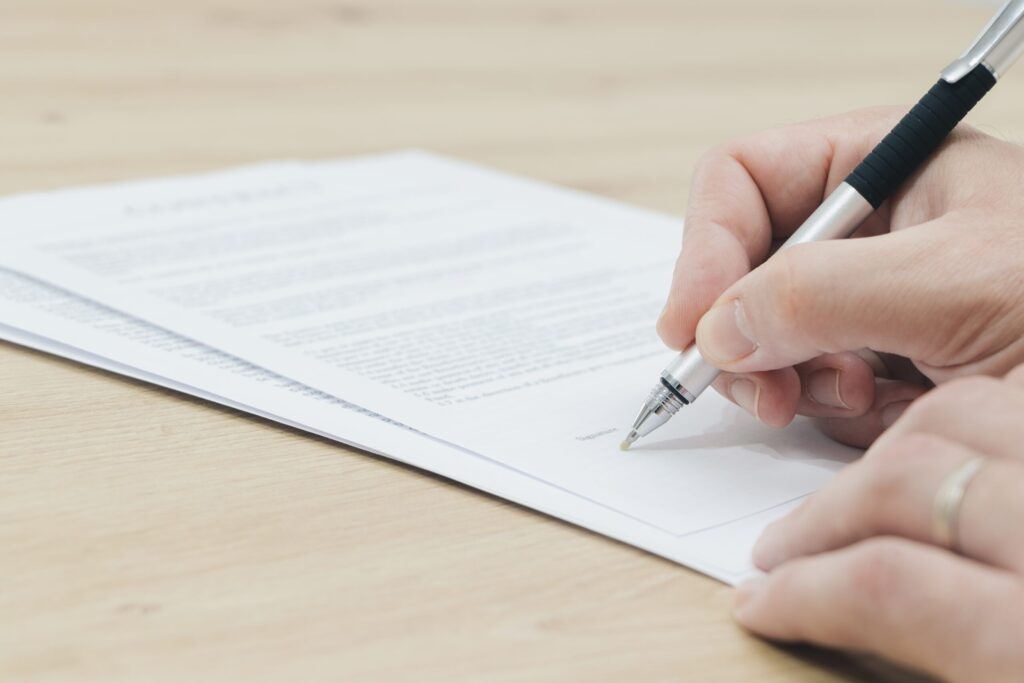Rising gas prices have been a boost to the consumer packaged goods industry as consumers are forced to reassess and reallocate spending.
A new study has found that as gas prices topped $2 per gallon this spring, the CPG industry as a whole grew 2.5% compared to the prior year after a period of flat sales when prices were below $2 per gallon, according to Information Resources, Inc.’s study, IRI Times & Trends Special Report: Impact of Rising Gas Prices, which looks at current CPG spending trends and the impact of today’s high gas prices on CPG demand.
The boost came as consumers eschewed movies and dinners outside the home and spent more in grocery, drug and super centers. Sales at dollar and club stores actually fell because their core audience, lower-income consumers with limited disposable incomes and highly cost-conscious shoppers, may have switched to one-stop shopping closer to home to conserve gas, the study found.
Gasoline prices are expected to continue rising after oil refineries along the Gulf Coast were crippled by Hurricane Katrina when she pummeled the region Aug. 29.
All major CPG departments, with the exception of general merchandise, saw sales increased, including health and beauty care, edible, non-edible, bakery, frozen, dairy and deli. The study also reported the following product trends:
- Food and beverage consumer price index has remained relatively low since December 2004, though gas prices are expected to drive price increases across a multitude of product categories as a result of higher distribution costs.
- Despite a dip in frozen pizza and soup sales after gas prices rose above the $2.25 mark, leading convenient meal solutions categories increased in sales, presenting a potential opportunity for manufacturers and retailers to effectively position their convenience and prepared food items.
- Sales of “small indulgence” items have shown mixed results. Salty snack and cookie purchases have increased. However, crackers declined after a short spike and candy sales have remained down.
- With the exception of carbonated beverages, all major beverage categories, including bottled water, shelf-stable bottled juices, coffee and sports drinks, steadily increased in sales after gas prices rose above $2.00 per gallon. Carbonated beverage sales spiked during the $2.00-$2.25 per gallon price range, but have subsequently plateaued.
- Within the beer, wine, and spirits segments, sales of the latter two categories have increased more rapidly than beer, with the wine category benefiting significantly from higher pricing and product mix shifts.
- Rising gas prices seemed to have no effect on the healthcare sector, as its growth rate has mimicked the same gas price growth pattern in the total CPG industry.
“In our industry, quickly meeting the changing needs of the consumer is the key to success,” said Janet Eden-Harris, executive VP and global CMO, Chicago-based IRI, in a statement.
The report looked at spending patterns during three time periods over the past year when gas prices hit new highs (less than $2; $2-$2.25; more than $2.25 per gallon).



